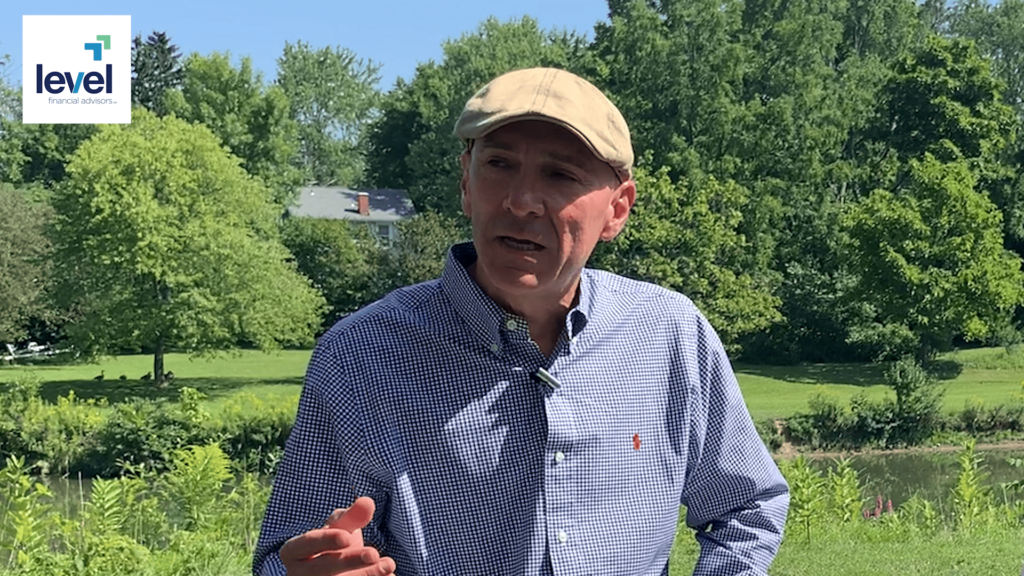Be sure to watch our continuing video blog on this topic here: https://youtu.be/D7SVh1RFj9U
A recent study by the Employee Benefits Research Institute (EBRI) found that maintaining health and wellness in retirement is by far the most important goal of retirees. Eighty-one percent of those studied said it was either very or extremely important.
Therefore, I can think of no better starting point for our Retirement Renaissance series than discussing the book “The Blue Zones: 9 Lessons for Living Longer From the People that Lived the Longest” by the National Geographic explorer Dan Buettner.
For those who have not heard of the Blue Zones, they are the 5 areas of the world that have the most centenarians (people who are 100 years old or older). The scientists who originally studied these locations circled them in blue on the map and started calling them “Blue Zones.”
The Blue Zone lessons may seem to focus on longevity and healthy aging but they are more than that; they are, at their core, lessons in the areas of mind, body and soul that lead to a happy, fulfilling life.
The book is well researched and interesting. After reading the book I was impressed by how the areas were carefully screened by the scientists studying them. This is important because it provides validity to the findings. In fact, this book, and additional work done by Dan Buettner, is often referenced in other materials I have read on body and brain health.
The 5 Blue Zones are:
- The Barbagia region on the Italian island of Sardinia
- Okinawa, Japan
- Nicoya Peninsula, Costa Rica
- the Seventh-Day Adventists of Loma Linda, California
- the Greek island of Ikaria
You may notice that these areas are somewhat isolated geographically and in the case of the Seventh-day Adventists they are religiously isolated. The book dedicates a chapter to each of the 5 areas and is filled with interesting people, their stories, and their words of wisdom.
It is in the findings that 9 themes start to emerge, they are:
1. Move Naturally – none belong to a gym, but movement is critical and they move all the time! During a visit with a female Okinawan centenarian, the researchers sat on the floor with the woman and noted that she was up and down 5 times without any aid. The ability to get up and down on one’s own is an indication of lower body strength and balance. Both critical for preventing falls and broken bones.
2. Purpose – Have a sense of purpose. It can be a hobby, work, helping with grandchildren. The Okinawans have a word: “ikigai” sounds like ickee guy. Ikigai is one’s reason to get up in the morning, a pervasive sense of purpose.
3. Down Shift – find ways to reduce stress, whether it be a nap, meditation or a religiously mandated day off. Reducing stress may help reduce chronic inflammation, which is linked to disease.
Maybe my favorite quote in the book comes from a 107-year-old Sardinian woman who when asked what advice she would give to a younger person said, “Life is short, don’t run so fast that you miss it.”
4. Eat in moderation: the 80% Rule – eat 20% less. The Okinawains have a phrase: “hara hachi bu” which many say before they eat. It is Confucian and it means eat until you’re 80% full. This is one form of calorie restriction which has shown to potentially prolong life and is becoming more popular in our own culture.
5. Plant Slant – A focus on a plant-based diet is healthier than the traditional American diet. The main takeaways from the book: beans and vegetables are staples of the Blue Zone diet, nuts of all types are also predominant, and meat is consumed in moderation.
6. Wine – moderate alcohol consumption is healthy. Red wine has polyphenols which may give it the advantage of helping to fight heart disease.
7. Belong – being part of any faith based community is helpful. This is huge, we are social beings and maintaining some sense of belonging to a group that has a spiritual mission helps you stay grounded.
8. Loved Ones First – people in the Blue Zones keep their parents close by, stay with the same person and invest in their children.
9. Right Tribe – the people you associate with are a big driver of lifestyle. There is the quote by motivational speaker Jim Rohn “You are the average of the five people you spend the most time with.” People in the Blue Zones are somewhat isolated so that helps with reinforcing their habits.
I highly recommend taking the time to read and digest the book and explore the web site:
https://www.bluezones.com/ It has other resources, including videos from the 5 zones and a wellness test that will help calculate a healthy life expectancy..
Finally, here is a link to info on a short documentary video about the island of ikaria that is available on Apple itunes:


